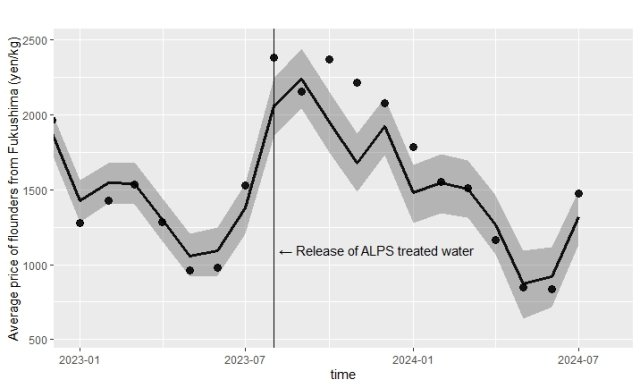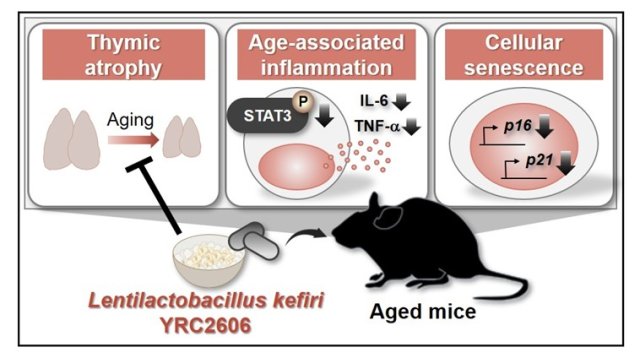Prevalence, Etiology, and Diagnosis of Congenital Hearing Loss in Newborns
- Share
- Tweet
- Send to email
Screening for hearing, in newborn infants, allows accurate diagnosis of severity and laterality of this chronic disease, aiding in timely intervention
A diagnosis of congenital hearing loss can be devastating to the parents. What brings on this deficiency? How many kids are afflicted with this illness? A recent epidemiological-survey by Dr. Hidekane Yoshimura and Prof. Yutaka Takumi at the Department of Otorhinolaryngology – Head and Neck Surgery and Prof. Shin-ichi Usami at the Department of Hearing Implant Sciences, Shinshu University School of Medicine, Japan addresses these critical questions with newborn hearing screening for infants. The survey reports the prevalence, etiology, and diagnostics for unilateral and bilateral hearing loss of hearing from birth.
Image title: Etiology of children with congenital bilateral and unilateral hearing loss
Image Caption: The main cause for congenital bilateral hearing loss is genetic, while the major cause of congenital unilateral hearing loss is cochlear nerve deficiency.
Image credit: Dr. Hidekane Yoshimura from Shinshu University School of Medicine
License type: Creative Commons CC-BY-NC-ND
Congenital sensorineural hearing loss (HL) refers to the irreparable loss of hearing. It is a common pediatric condition and early diagnosis and intervention are crucial for improving developmental outcomes in children. Children whose loss of hearing is identified by 6 months of age are comparatively better receptive and expressive than children whose hearing loss is identified later on. For this reason, the National Institutes of Health recommends newborn hearing screening (NHS) within the first 3 months of life. Presently, early diagnosis of congenital deafness has considerably improved the care and management of infants with HL. However, comprehensive reports on the prevalence and causes of congenital HL among newborns are lacking in Japan.
Dr. Hidekane Yoshimura, from the Department of Otorhinolaryngology – Head and Neck Surgery at Shinshu University School of Medicine, spearheaded a recent study aiming to address the lack of comprehensive research in this field. Joining him were Takuya Okubo, Jun Shinagawa, and Yutaka Takumi, from the same department, and Shin-Ichi Usami and Shin-Ya Nishio from the Department of Hearing Implant Sciences. Their study is slated to be published in volume 53, issue 3 of the International Journal of Epidemiology in June 2024.
The team surveyed 153,913 children born in Nagano Prefecture between 2009 and 2019 who underwent NHS in order to determine the frequency and causes of congenital deafness. They found that the prevalence of congenital deafness in newborn infants was 1.62 per 1,000 live births. Bilateral HL, affecting both ears, was noted in 0.84 per 1,000 births, while unilateral HL, affecting only one ear, was observed at a prevalence of 0.77 per 1,000 births.
Further, they surveyed imaging tests such as computed tomography (CT) scans, genetic analysis, and tests for congenital cytomegalovirus infection to identify the factors leading up to HL. They found that the main cause of bilateral HL in 130 patients is hereditary, while cochlear nerve deficiency was the main reason for unilateral HL in 119 patients. These findings are critical as Dr. Yoshimura explains, “As far as we know, no research has yet examined the causes of hearing loss in relation to its severity and laterality.”
Additionally, about 4 and 6% of bilateral and unilateral HL were correlated to congenital cytomegalovirus infection and auditory neuropathy spectrum disorder, respectively.
The main advantage of this study is the large scale of the survey. This is one of the first reports of diagnosis based on genetic testing, and testing for cytomegalovirus infection. Appropriate disbursal of medical and supportive treatments for congenital HL depends on knowing the etiology and HL type (sensorineural, conductive, or mixed).
The study underscores the value and practicality of conducting thorough etiological investigations, encompassing physiological, imaging, genetic, and congenital cytomegalovirus screening for newborns. These comprehensive assessments facilitate informed clinical decisions, tailored treatment plans, and early intervention strategies. Moreover, they provide crucial guidance and support to families navigating the challenges of congenital HL. “By leveraging such multidimensional approaches, our findings not only enhance diagnostic accuracy but also facilitate the timely implementation of optimal medical interventions, such as hearing aids or cochlear implants,” concludes Dr. Yoshimura.
|
Reference |
||
|
Title of original paper: |
Epidemiology, Aetiology and Diagnosis of Congenital Hearing Loss Via Hearing Screening of 153,913 Newborns |
|
|
Journal: |
International Journal of Epidemiology |
|
|
DOI: |
||






